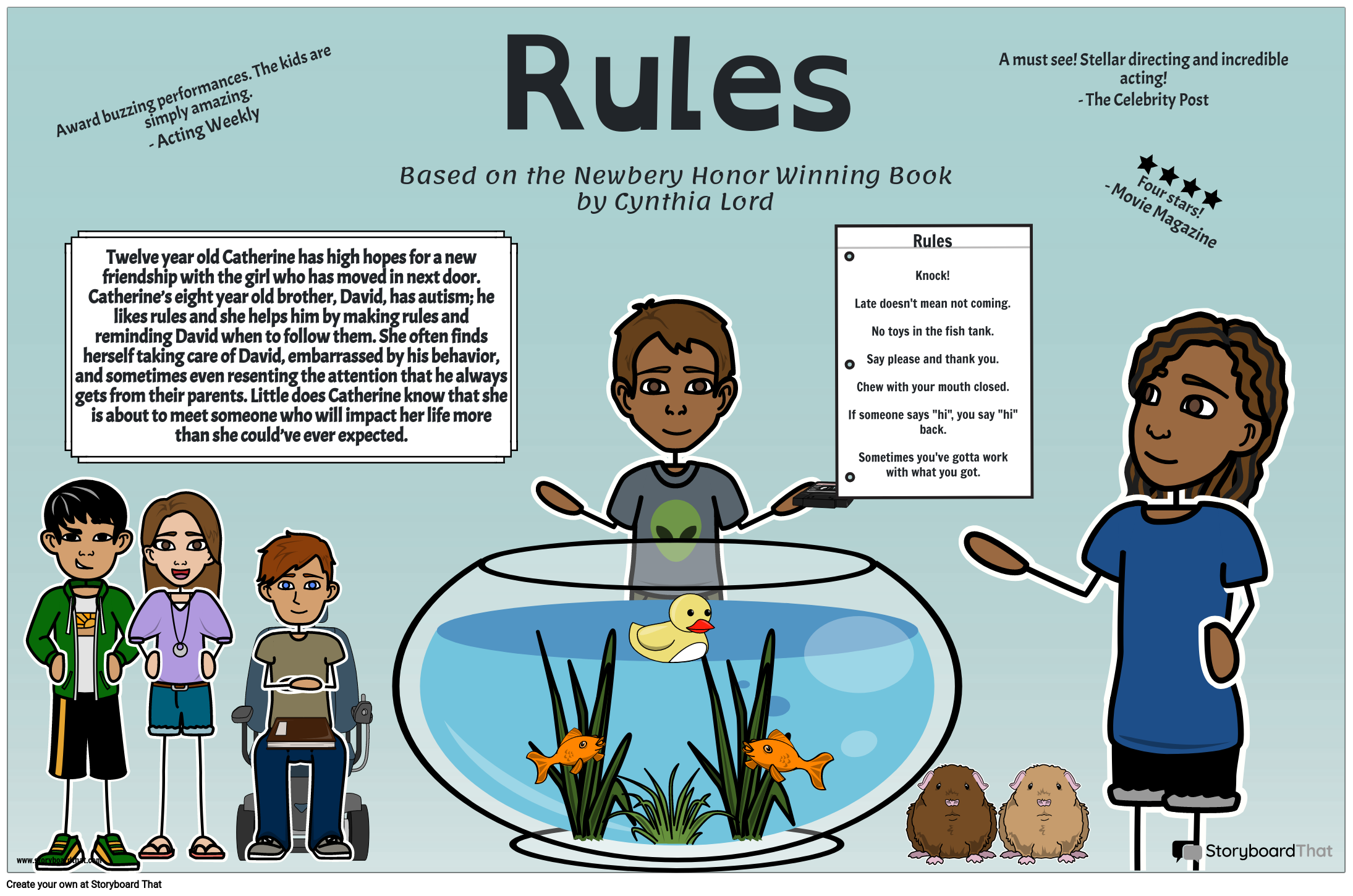3 Movie Rules Every Filmmaker Needs To Know
Have you ever wondered why some movies feel like a masterpiece while others leave you scratching your head? The answer lies in the 3 movie rules that separate great storytelling from the rest. These aren't just guidelines—they're the secret sauce behind cinematic magic. Whether you're an aspiring filmmaker or just a movie enthusiast, understanding these rules can change the way you watch films forever.
In today's world of streaming platforms and blockbuster releases, the film industry is more competitive than ever. With thousands of movies released each year, filmmakers need to master these fundamental principles to stand out. From indie films to Hollywood blockbusters, these rules apply across the board. They're not just about making a movie—they're about creating an experience.
So, buckle up because we're diving deep into the art of filmmaking. In this article, we'll explore the 3 movie rules that every filmmaker needs to know. We'll break them down, provide examples, and show you how they work in action. By the end, you'll have a better understanding of what makes a movie truly memorable. Let's get started!
- Unveiling The Life And Career Of Simon Cowell
- Discovering Jo Green A Journey Through Art And Inspiration
Here’s what we’ll cover:
- Rule #1: Show, Don't Tell
- Rule #2: Every Scene Must Move the Story Forward
- Rule #3: Characters Drive the Plot
- Real-Life Examples of the 3 Movie Rules
- Stats That Prove the Importance of These Rules
- Subtle Ways to Apply These Rules
- How These Rules Influence Audience Engagement
- Common Mistakes Filmmakers Make
- Tools for Mastering the 3 Movie Rules
- Final Thoughts on the 3 Movie Rules
Rule #1: Show, Don't Tell
This is one of the most famous movie rules out there, and for good reason. Instead of telling the audience what's happening through dialogue or narration, great films show it through visuals, actions, and subtle cues. Think about it—would you rather listen to a character explain their emotions or see them break down in tears? The latter hits harder every time.
The "show, don't tell" rule isn't just about avoiding exposition. It's about trusting your audience to piece things together themselves. When filmmakers rely too heavily on dialogue to explain everything, they risk losing the audience's engagement. Letting viewers interpret scenes on their own creates a deeper connection to the story.
Why This Rule Works
Take a look at movies like "The Shawshank Redemption" or "Inception." Both films rely heavily on visual storytelling. In "The Shawshank Redemption," we don't need Andy to explain his plans for escaping—his actions speak louder than words. Similarly, "Inception" uses intricate visuals to convey complex ideas without overwhelming the audience with explanations.
This approach works because it taps into our natural instincts as humans. We're wired to process visual information faster than verbal information. By showing instead of telling, filmmakers create a more immersive experience that resonates long after the credits roll.
Rule #2: Every Scene Must Move the Story Forward
Here's another golden rule that every filmmaker should live by: every single scene must contribute to the story's progression. If a scene doesn't advance the plot or reveal something important about the characters, it doesn't belong in the movie. Simple as that.
Think about it this way: time is precious, both for filmmakers and audiences. Wasting even a few minutes on unnecessary scenes can kill the pacing of a film. That's why the best movies are meticulously crafted to ensure every moment counts. This doesn't mean every scene has to be action-packed—it just means it needs to serve a purpose.
How to Apply This Rule
One of the best examples of this rule in action is "Pulp Fiction." Quentin Tarantino masterfully weaves together multiple storylines, ensuring each scene adds depth to the overall narrative. Even the seemingly random conversations between characters reveal something about their personalities or motivations. It's this attention to detail that makes the film so captivating.
When applying this rule, ask yourself: "Does this scene move the story forward? Does it reveal something new about the characters?" If the answer is no, it's time to hit the cutting room floor.
Rule #3: Characters Drive the Plot
This might be the most important of the 3 movie rules. At the heart of every great film are compelling characters. Without strong, well-developed characters, even the most exciting plot can fall flat. Why? Because audiences care about people, not just events. They want to root for (or against) the characters on screen.
Characters should never feel like pawns in the story—they should be the driving force behind it. Their decisions, flaws, and growth should shape the direction of the plot. When characters are believable and relatable, audiences are more likely to invest in the story.
Building Memorable Characters
Look at characters like Tony Stark from the Marvel Cinematic Universe or Hannibal Lecter from "The Silence of the Lambs." What makes them so memorable isn't just their actions—it's their complexity. They have clear motivations, strengths, and weaknesses that make them feel real. Filmmakers who take the time to develop their characters end up with stories that stick with audiences long after the movie ends.
So, how do you build memorable characters? Start by giving them clear goals and obstacles to overcome. Then, layer in their backstory, personality traits, and relationships with other characters. The more three-dimensional they are, the more engaging the story becomes.
Real-Life Examples of the 3 Movie Rules
Now that we've covered the theory, let's dive into some real-life examples of these movie rules in action. These films aren't just entertaining—they're masterclasses in storytelling.
- "The Dark Knight": This film perfectly balances all three rules. It shows instead of tells through its stunning visuals and action sequences. Every scene moves the story forward, whether it's Batman's fight against the Joker or the moral dilemmas he faces. And let's not forget Heath Ledger's unforgettable portrayal of the Joker—a character so complex and terrifying that he steals the show.
- "Mad Max: Fury Road": This movie is a visual spectacle that embodies the "show, don't tell" rule. With minimal dialogue, it relies on action and imagery to tell its story. Each scene is packed with intensity, driving the plot forward at breakneck speed. The characters, particularly Imperator Furiosa, are richly developed despite the film's fast pace.
- "Parasite": Bong Joon-ho's masterpiece is a masterclass in character-driven storytelling. The Kim family's struggles and ambitions drive the plot, while the film's clever use of visuals and symbolism ensures every scene has meaning. It's a perfect example of how these rules can create a thought-provoking and emotionally impactful film.
Stats That Prove the Importance of These Rules
Numbers don't lie, and when it comes to the film industry, they paint a clear picture. Movies that follow these 3 movie rules tend to perform better both critically and commercially. Here are some stats to back it up:
- According to Box Office Mojo, films with strong character development and clear storytelling often see higher box office returns. For example, "Avengers: Endgame" grossed over $2.7 billion worldwide, largely due to its focus on beloved characters and emotional storytelling.
- A study by Nielsen found that audiences are more likely to recommend movies that engage them emotionally. Films that prioritize character-driven plots and visual storytelling tend to score higher in audience satisfaction surveys.
- The Academy Awards often favor films that adhere to these rules. Movies like "La La Land," "1917," and "Nomadland" have all been celebrated for their masterful storytelling techniques.
Subtle Ways to Apply These Rules
Applying these rules doesn't have to be obvious. Sometimes, the best storytelling happens in the small details. Here are a few subtle ways to incorporate the 3 movie rules into your films:
- Use body language and facial expressions to convey emotions instead of relying on dialogue.
- Create scenes that serve multiple purposes, such as advancing the plot while also revealing character traits.
- Develop secondary characters with their own arcs to add depth to the story.
How These Rules Influence Audience Engagement
Engagement is key in today's crowded entertainment landscape. With so many options available, filmmakers need to capture and maintain their audience's attention from start to finish. The 3 movie rules play a crucial role in achieving this.
By showing instead of telling, filmmakers create a more immersive experience that keeps viewers invested. Scenes that move the story forward ensure the pacing remains tight and engaging. And well-developed characters give audiences someone to root for, making the story more relatable and memorable.
Common Mistakes Filmmakers Make
Even the best filmmakers make mistakes, especially when it comes to these fundamental rules. Here are a few common pitfalls to avoid:
- Over-explaining: Trust your audience to understand what's happening without needing every detail spelled out.
- Unnecessary scenes: Every scene should serve a purpose. If it doesn't, cut it.
- Flat characters: Give your characters depth and complexity. One-dimensional characters are boring and unrelatable.
Tools for Mastering the 3 Movie Rules
Becoming a master of these movie rules takes practice, but there are tools and resources that can help. Here are a few recommendations:
- Read screenplays from your favorite films to see how the rules are applied in writing.
- Take online courses or workshops focused on storytelling and character development.
- Watch films with a critical eye, paying attention to how scenes are constructed and characters are portrayed.
Final Thoughts on the 3 Movie Rules
As we wrap up our exploration of the 3 movie rules, it's clear that these principles are the foundation of great filmmaking. Whether you're a seasoned professional or just starting out, mastering these rules can elevate your work to the next level.
Remember, filmmaking is both an art and a craft. It requires creativity, discipline, and a deep understanding of what makes a story resonate with audiences. By focusing on showing instead of telling, ensuring every scene moves the story forward, and developing compelling characters, you'll be well on your way to creating films that leave a lasting impact.
So, what are you waiting for? Grab your camera, gather your crew, and start applying these rules to your projects. And don't forget to share your thoughts in the comments below. Which of these rules do you find most challenging? What films do you think embody these principles perfectly? Let's keep the conversation going!
- Unveiling The Life Of Daniel Ezra A Star On The Rise
- Understanding The Intelligence Quotient Of Donald Trump

Rules Movie Poster Storyboard av lauren

Telugu movie rules 2016 pinpole

The making of the movie RULES OrLens MEDIA Concept ABUJA Facebook